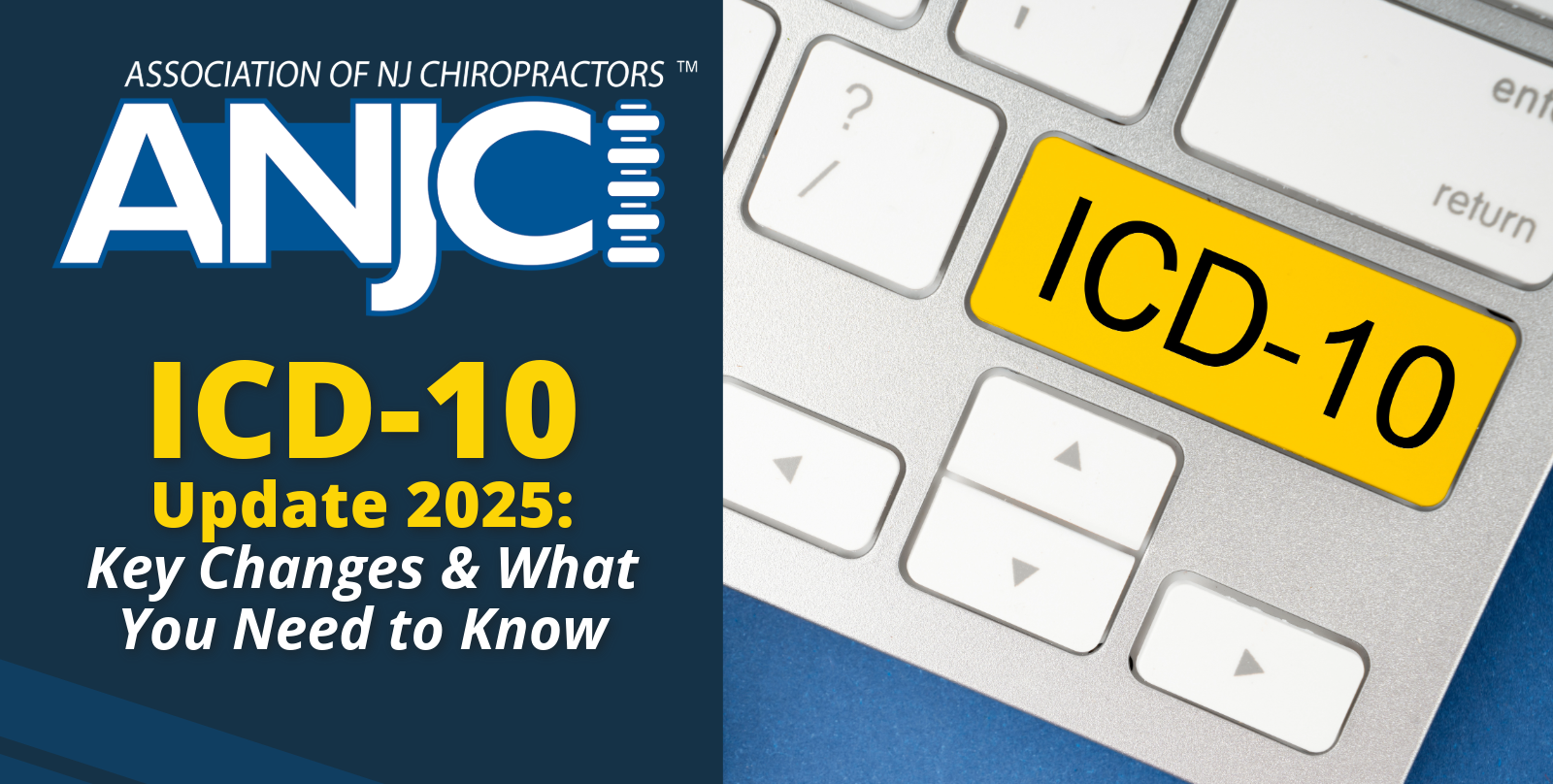As of October 1, 2024, healthcare providers must now implement the latest updates to the ICD-10-CM code set. This year, the changes are significant, with 301 code modifications, including 252 new codes, 36 deletions, and 13 revisions. The total number of codes now stands at 78,260.
Key Changes & Updates
One of the major updates involves new codes for intervertebral disc degeneration in the lumbar and lumbosacral regions.
These new codes provide more specific classifications for conditions such as discogenic back pain, axial back pain, lower extremity pain, and referred sclerotomal pain. These changes involve adding a 6th digit to the codes. Additionally, some codes are now mutually exclusive, meaning they cannot be billed together. For instance, M54.3 (Sciatica) cannot be billed with M51.362 or M51.371.
Below is a list of key code changes that will likely affect your Practice:
Old Code:
- M51.36
- Other intervertebral disc degeneration, lumbar region
M51.36 is no longer valid after October 1, 2024; the following codes must be used instead.
New Codes:
- M51.360
- Other intervertebral disc degeneration, lumbar region with discogenic back pain only
- Other intervertebral disc degeneration, lumbar region with axial back pain only
- M51.361
- Other intervertebral disc degeneration, lumbar region with lower extremity pain only
- Other intervertebral disc degeneration, lumbar region with leg pain only
- Other intervertebral disc degeneration, lumbar region with referred sclerotomal pain only
- M51.362
- Other intervertebral disc degeneration, lumbar region with discogenic back pain and lower extremity pain
- Other intervertebral disc degeneration, lumbar region with discogenic back pain and leg pain
- Other intervertebral disc degeneration, lumbar region with axial back pain and referred sclerotomal pain
- M51.369
- Other intervertebral disc degeneration, lumbar region without mention of lumbar back pain or lower extremity pain
- Other intervertebral disc degeneration, lumbar region without mention of lumbar back pain or leg pain
- Other intervertebral disc degeneration, lumbar region, NOS
Old Code:
- M51.37
- Other intervertebral disc degeneration, lumbosacral region
M51.37 is no longer valid after October 1, 2024; the following codes must be used instead.
New Codes:
- M51.370
- Other intervertebral disc degeneration, lumbosacral region with discogenic back pain only
- Other intervertebral disc degeneration, lumbosacral region with axial back pain only
- M51.371
- Other intervertebral disc degeneration, lumbosacral region with lower extremity pain only
- Other intervertebral disc degeneration, lumbosacral region with leg pain only
- Other intervertebral disc degeneration, lumbosacral region with referred sclerotomal pain only
- M51.372
- Other intervertebral disc degeneration, lumbosacral region with discogenic back pain and lower extremity pain
- Other intervertebral disc degeneration, lumbosacral region with discogenic back pain and leg pain
- Other intervertebral disc degeneration, lumbosacral region with axial back pain and referred sclerotomal pain
- M51.379
- Other intervertebral disc degeneration, lumbosacral region without mention of lumbar back pain or lower extremity pain
- Other intervertebral disc degeneration, lumbosacral region without mention of lumbar back pain or leg pain
- Other intervertebral disc degeneration, lumbosacral region, NOS
Old Code:
- M62.8
- Other specified disorders of muscle
M62.8 is no longer valid after October 1, 2024; the following codes must be used instead.
New Code:
- M62.85
- Dysfunction of the multifidus muscles, lumbar region
M62.85 is now specific to the multifidus muscles for the lumbar region only.
Understanding Key Definitions & Conventions
To navigate these changes, it’s essential to understand key definitions like discogenic low back pain and sclerotomal pain.
Additionally, Providers and staff need to make sure they understand the “Excludes1” and “Excludes2” conventions, which indicate when certain codes cannot be used together or can be used in addition to other codes. Excludes1 means “these 2 codes cannot be used together.” Excludes2 means “Consider this code in addition to the one already being used.”
Below are some important “Excludes1” conventions to note:
- M54.3 — Sciatica – cannot be billed with M51.362 or M51.371
- M54.4 — Lumbago with Sciatica – cannot be billed with M51.362 or M51.372
- M54.5 — Low back pain – cannot be billed with M51.360 or M51.370
General Coding Guidelines
Accurate coding is crucial for proper documentation and reimbursement.
Providers should make sure to understand and review the guidelines for coding signs and symptoms, bilateral conditions, and unspecified codes. Common coding issues, such as listing two codes that are Excludes1, can lead to claim denials.
Diagnosis Pointing and Documentation
Tying treatments to diagnoses and following payer guidelines for code sequencing is critical to proper payment. For example, if your diagnosis is for the low back, that’s where your treatment should be targeting.
Accurate documentation is vital, and providers are encouraged to review their documentation for accuracy, including key criteria like laterality, anatomical location, and cause/type of condition.
Action Steps for Providers
The code changes (additions and deletions) should be updated in each provider’s EHR.
Additionally, to ensure compliance with the new updates, providers should avoid unspecified codes, review code changes that affect their practice, and get new code books every year. Remember, ICD-10 updates are used for services rendered on or after October 1, 2024, not by submission date.
By staying informed and proactive, healthcare providers can navigate the ICD-10 updates effectively and ensure accurate coding and documentation.
For more information, you can contact David at 215-957-1035 or via email at dave@paydc.com.
This important ICD-10 information has been provided by valued ANJC Gold Sponsor—PayDC.



0 Comments